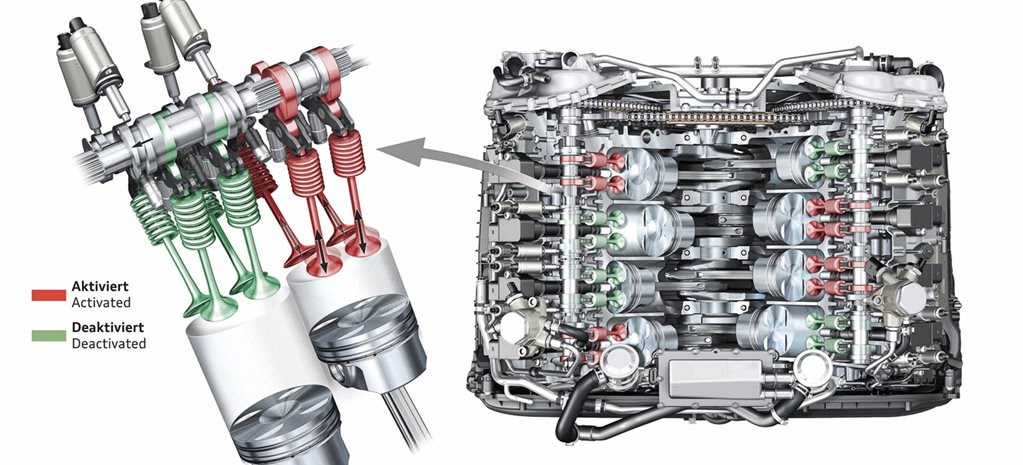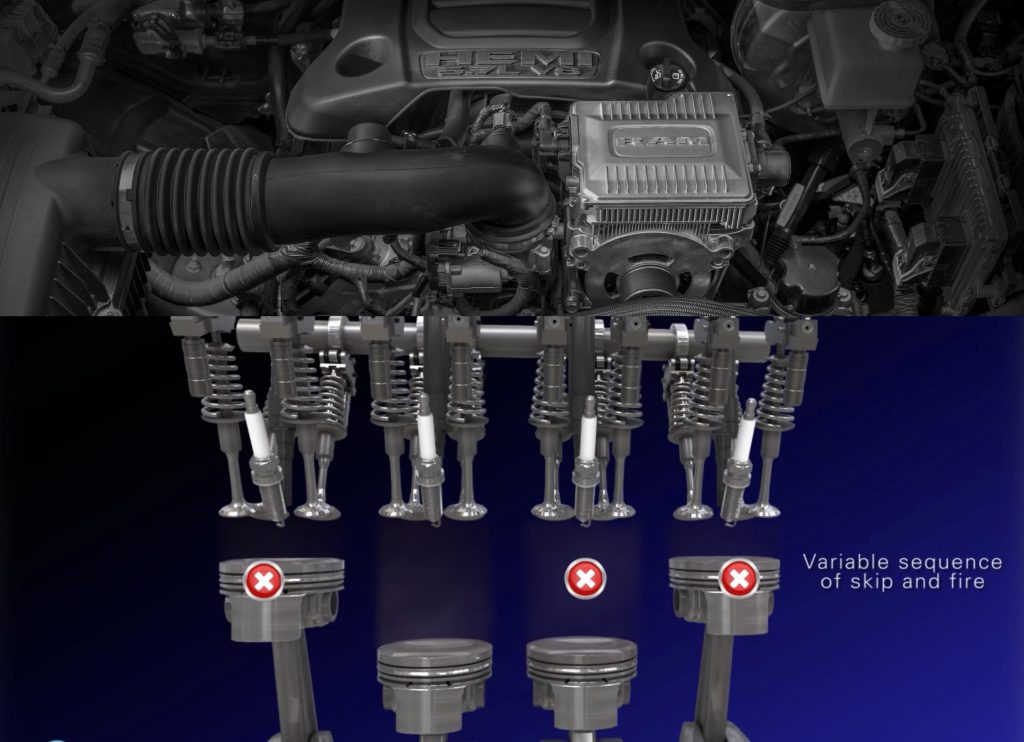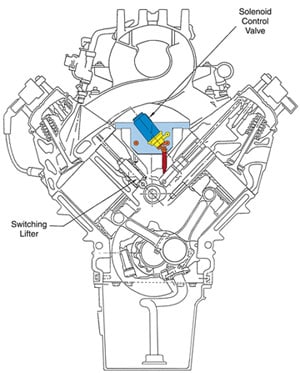The Fuel-Saving Power of Cylinder Deactivation: A Look at Dodge Ram Engines
The Fuel-Saving Power of Cylinder Deactivation: A Look at Dodge Ram Engines
Introduction
With great pleasure, we will explore the intriguing topic related to The Fuel-Saving Power of Cylinder Deactivation: A Look at Dodge Ram Engines. Let’s weave interesting information and offer fresh perspectives to the readers.
Table of Content

The Fuel-Saving Power of Cylinder Deactivation: A Look at Dodge Ram Engines
The Dodge Ram pickup truck, known for its rugged durability and powerful engine options, has consistently strived to improve fuel efficiency without compromising performance. One technology that has played a significant role in achieving this balance is cylinder deactivation. This innovative system, often referred to as "active fuel management" or "variable cylinder technology," allows the engine to seamlessly switch between operating with all cylinders engaged and running on a reduced number of cylinders when less power is needed.
Understanding Cylinder Deactivation
Imagine a powerful engine with eight cylinders, each contributing to the overall power output. When cruising at steady highway speeds or idling, the full power of all eight cylinders is unnecessary. This is where cylinder deactivation comes into play. The system, controlled by advanced computer systems, can temporarily shut off four of the cylinders, effectively making the engine run like a four-cylinder unit. This reduction in active cylinders lowers the engine’s workload, resulting in significant fuel savings.
How Does Cylinder Deactivation Work in Dodge Ram Trucks?
Dodge Ram trucks equipped with cylinder deactivation utilize a sophisticated system to manage the switching process. Here’s a breakdown of how it works:
-
Sensors Monitor Engine Load: Sensors constantly monitor engine load, speed, and other factors. When the system detects that full engine power is not required, it initiates the deactivation process.
-
Hydraulic Valves Deactivate Cylinders: Hydraulic valves, controlled by the engine control unit (ECU), precisely shut off the fuel and air supply to the designated cylinders. These cylinders effectively "go to sleep," reducing friction and energy consumption.
-
Seamless Transition: The transition from eight cylinders to four, and back, is nearly imperceptible to the driver. The engine operates smoothly, maintaining consistent power delivery.
-
Reactivation When Needed: As soon as the engine requires more power, for instance, when accelerating or climbing a hill, the deactivated cylinders instantly spring back to life. The ECU seamlessly re-engages them, ensuring a smooth and responsive power delivery.
Benefits of Cylinder Deactivation in Dodge Ram Trucks
The implementation of cylinder deactivation in Dodge Ram trucks offers a range of benefits, including:
-
Improved Fuel Efficiency: By reducing the engine’s workload, cylinder deactivation significantly enhances fuel economy, allowing drivers to travel further on a single tank of gas.
-
Reduced Emissions: By optimizing fuel consumption, cylinder deactivation contributes to lower tailpipe emissions, making the trucks more environmentally friendly.
-
Enhanced Engine Durability: By reducing wear and tear on the engine components, cylinder deactivation helps extend the engine’s lifespan.
-
Improved Performance: While primarily focused on fuel efficiency, cylinder deactivation also contributes to a smoother and more refined driving experience, especially during highway cruising.
Dodge Ram Models Featuring Cylinder Deactivation
Cylinder deactivation technology has been implemented across several Dodge Ram model years and engine options. Here are some key examples:
-
2014-2023 Ram 1500: The 5.7-liter Hemi V8 engine in these models utilizes cylinder deactivation technology.
-
2018-2023 Ram 2500 and 3500: The 6.4-liter Hemi V8 engine in these heavy-duty trucks also features cylinder deactivation.
FAQs about Cylinder Deactivation in Dodge Ram Trucks
Q: How do I know if my Dodge Ram has cylinder deactivation?
A: You can check the owner’s manual for your specific model year and engine configuration. Alternatively, you can consult the vehicle’s information sticker located on the driver’s side door jamb.
Q: Can I disable cylinder deactivation?
A: While disabling cylinder deactivation is possible in some cases, it is generally not recommended. It can negatively impact fuel efficiency and engine performance.
Q: Does cylinder deactivation affect the truck’s towing capacity?
A: Cylinder deactivation does not affect the truck’s towing capacity. It is designed to operate seamlessly, ensuring full power is available when needed.
Q: Is cylinder deactivation reliable?
A: Cylinder deactivation technology is a well-established and reliable system. Dodge Ram trucks have proven its effectiveness over years of production.
Tips for Optimizing Fuel Efficiency with Cylinder Deactivation
-
Maintain Proper Tire Inflation: Underinflated tires can increase rolling resistance, reducing fuel efficiency.
-
Avoid Excessive Acceleration and Braking: Smooth driving habits contribute to better fuel economy.
-
Utilize Cruise Control: Cruise control helps maintain a steady speed, allowing cylinder deactivation to function optimally.
Conclusion
Cylinder deactivation technology has become an integral part of the Dodge Ram lineup, enabling these powerful trucks to achieve impressive fuel efficiency without compromising performance. By intelligently switching between eight and four cylinders, the system optimizes fuel consumption, reduces emissions, and enhances engine durability. As the automotive industry continues to focus on environmental sustainability and fuel efficiency, cylinder deactivation is likely to remain a valuable tool for manufacturers seeking to balance power and economy in their vehicles.








Closure
Thus, we hope this article has provided valuable insights into The Fuel-Saving Power of Cylinder Deactivation: A Look at Dodge Ram Engines. We hope you find this article informative and beneficial. See you in our next article!